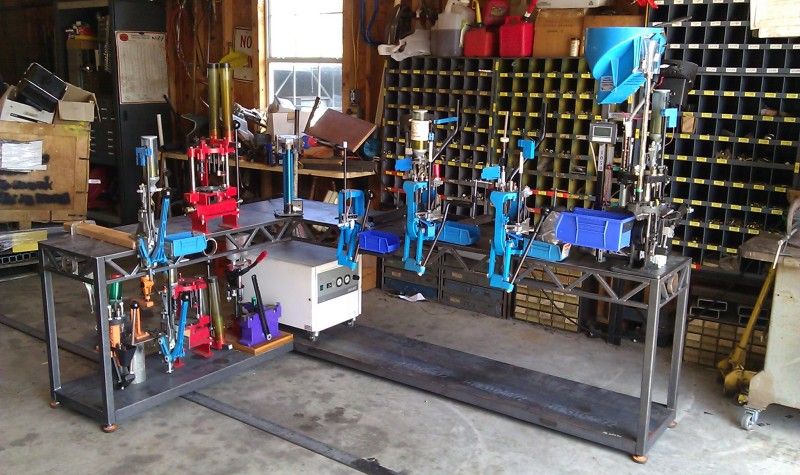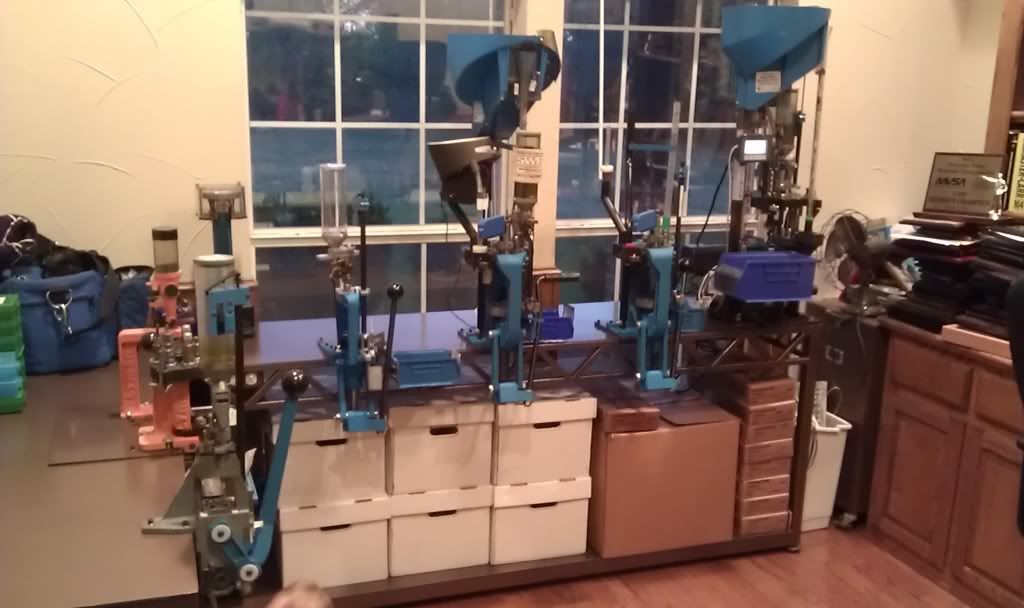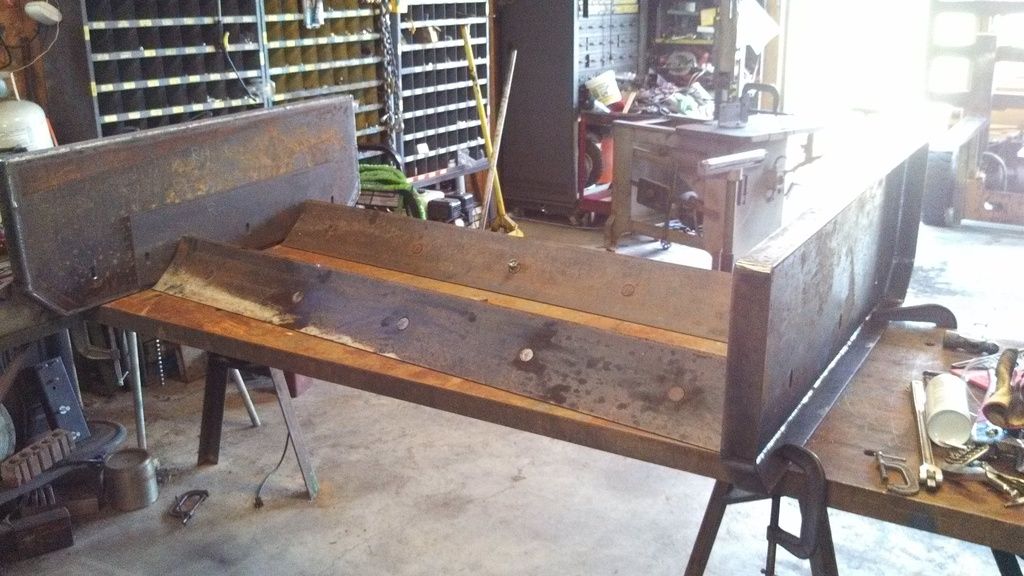I'm putting together a new work table. I can't stand it when you smack a table top, or drop something on it and everything starts bouncing. What is a sure fired construction method and/or material that will make the table behave like a dead blow hammer?
Is it sheer weight? Or just making sure the table is securely anchored to the floor or wall so it can't move?
Or how the table itself is constructed? Like glueing and screwing? Or certain combinations of materials like a sandwich of MDF/plywood/...something? Or something not often considered, like using through bolts and nuts and not just lags/screws?
I'd rather not go to a metal top for more than a couple of reasons...sparks, magnetism, electrical conductivity...
I'm sure it's a combination of things but without going to extremes, what's a good plan to follow?
Thanks in advance...I know a lot of you folks are talented fabricators and wood workers.

|
   
   
|


|




 Reply With Quote
Reply With Quote























